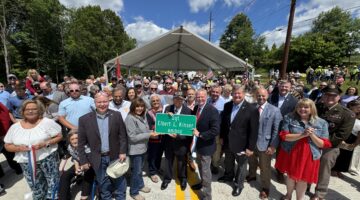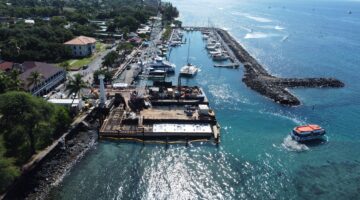This article was recently published on the Water Design Build Council (WDBC) blog on March 24, 2020 and a synopsis is provided below. To learn more about WDBC and their work, please visit their blog linked here.
Far too often, a project’s price, contingency, and schedule are adversely impacted by not addressing project risks with the right team members at the right time. These issues occur primarily when “development risks” are not adequately addressed prior to the request for proposal (RFP) being issued. When this happens, those same risks invariably become “design-builder risks” or, at a minimum, impact the design-builder’s pre-construction phase scope, schedule, and/or cost.
Development-related risks are often not covered in the original budget for the design-builder’s scope. This can result in further complicating the process of evaluating risk, assigning adequate contingent costs, and managing scope within tight project budgets.
Development Risk vs. Design-Builder Risk
For the purposes of this discussion, development risks should be considered items which are third-party dependent items, with time uncertainty, that may often include potential “project killers.”
Right-of-way, land acquisition, differing site conditions, coastal commission approvals, permanent power supply, regional water board permitting, funding assurance, and influent water quality data are all better managed by the client/owner’s agent team because they are better equipped to manage these aspects of a project. These items are also best managed prior to RFP release by a smaller team and not by the design-builder under a fixed schedule expectation and a fixed preconstruction price.
Design-builder risks should be the risks that the design-builder is best suited to manage through its expertise, such as construction permits, labor market risks, subcontractor performance, equipment and material deliveries, construction schedule risk, design quantity risk, and construction rework.
Timing best practices with a focus on items that are best addressed prior to RFP release.
In general, it is best to develop the conceptual design just sufficiently enough to obtain development permits and reduce development risks, while still providing the eventual design-builder as much flexibility for cost and schedule innovation as possible.
The following items are important considerations:
1. RFP expectations should align with the level of progress made on development risk.
A recent example of this being misaligned was an RFP requesting a guaranteed maximum price (GMP) within six months and granting early site works packages. Unfortunately, a coastal commission permit needed to start site work had not been obtained and it took nine months to procure. Similarly, many water treatment projects lack the necessary annual influent water quality data, yet the RFP expects design optimization and process performance guarantees.
2. Provide clear compensation and contingency model language.
Clear compensation models eliminate design-builders needing to consider adding additional mark-ups and pre-construction phase fees. These are often added if there is uncertainty in whether specific items of work will be compensated or if the design-builder will have access to contingencies during construction.
3. Challenge your budget early in the process.
This is more difficult than it sounds. Clients and owners’ agents have the difficult task of balancing development costs for a conceptual design with also developing enough design to establish a budgetary price. This can be further complicated if design-build teams are scored on their indicative price in the RFP. This can open the door to gamesmanship. Ensuring that the budget aligns with current market pricing is essential to starting out on the right foot.
4. Try to eliminate potential “project killers” prior to RFP release.
Items such as funding and land acquisition can be the difference between a project being built or not. Funding drives projects and understanding the timing constraints and making them clear in the RFP is essential to ensuring client and design-builder alignment. On a recent project, the construction phase was delayed for over four months while state funding was approved.
For many of today’s water projects there is a lot to consider. Collaborating early and often with industry professionals is essential. Adhering to the best practices provided in the WDBC handbook and the few suggested above will ensure the best possible project outcome by managing a project’s risks with the right party and, perhaps most importantly, at the right time.
Tony Joyce, Sr. Vice President & Operations Manager, Kiewit Water
Tony has 30 years of construction and engineering experience in England, Australia, and the United States, specializing in leading water and wastewater projects procured through collaborative-delivery methods. As a Kiewit project executive, Tony serves as the highest level of oversight of multiple water projects in the Western United States. Because of his knowledge and experience building complex water treatment projects, Tony has developed an exceptional understanding of risk management, provides concrete ideas for value engineering and constructability reviews, and offers complete contract review and project management skills.


